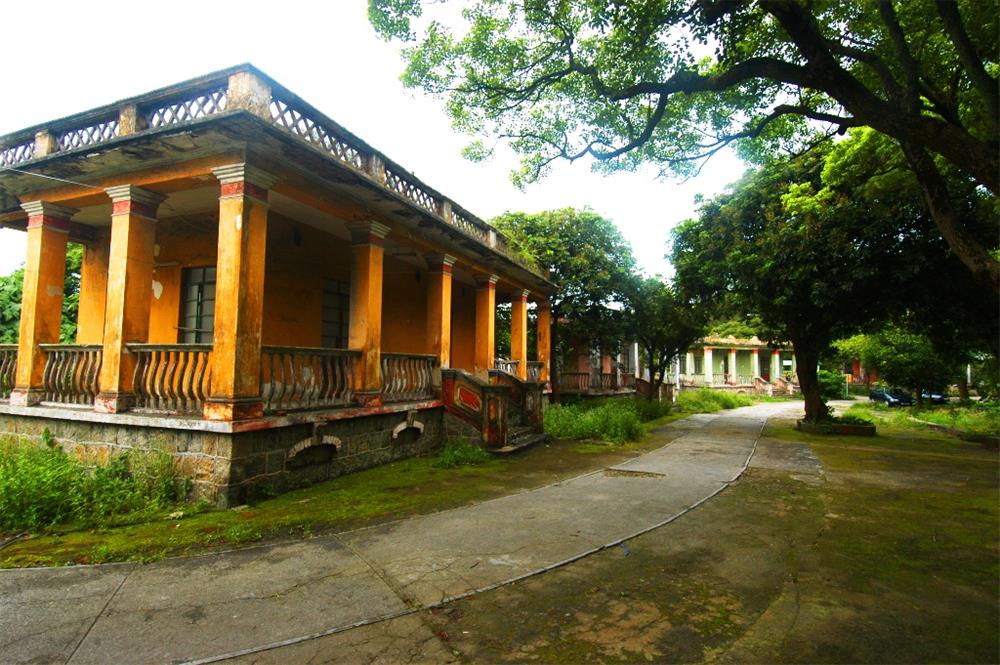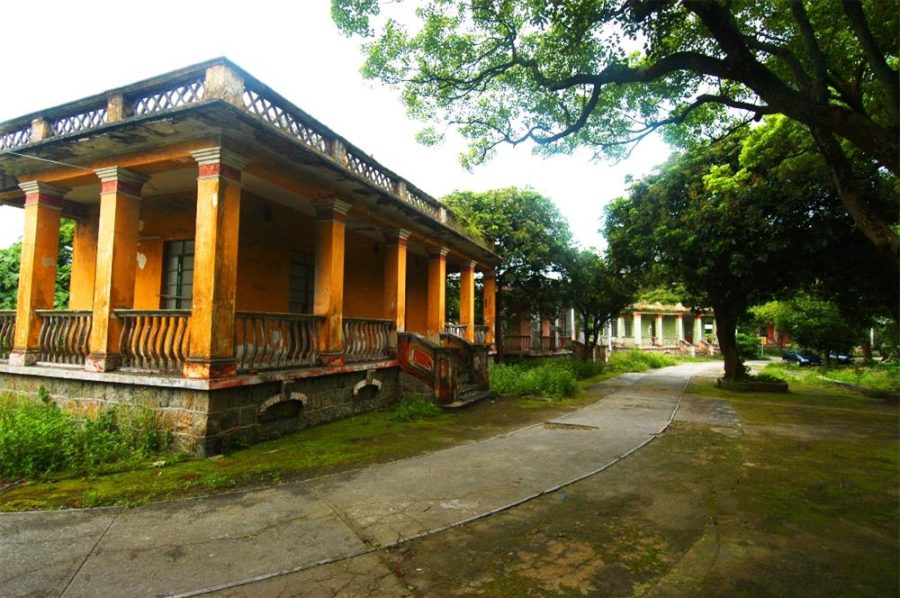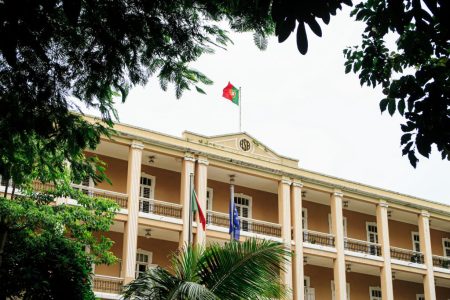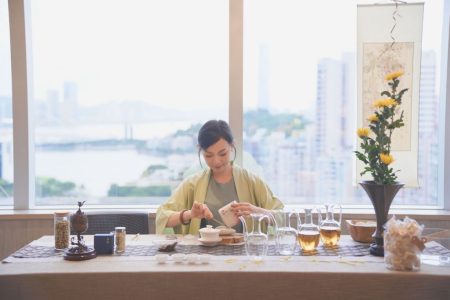Culture Affairs Bureau (IC) Vice President Leong Wai Man said Wednesday that the government will convert the former leprosarium in Ka Ho in Coloane into an arts education and training hub for young people, apart from being a tourist attraction.
Leong also said that among the six dilapidated Portuguese-style houses in the area, her bureau has completed the restoration of the five smaller ones, adding that her bureau will start to restore the larger one after coming up with a plan backed by experts in the field.
Leong made the remarks while speaking to reporters after she briefed Secretary for Social Affairs and Culture Alexis Tam Chon Weng about her bureau’s ongoing tasks to convert the area where the six houses are located – known as Our Lady Village – into a youth arts education and training hub.
Tam, accompanied by officials under his portfolio, yesterday inspected a treatment centre run by the Macau Drug Abusers Rehabilitation Association, the recently-completed public Ka Ho Rehabilitation Hospital, a nursing home for the elderly run by the Macau Federation of Trade Unions (known as Gung Luen), and the area where the former leprosarium is located.
All the health and social facilities that Tam inspected are located next to the former leprosarium.
The six Portuguese-style houses in the area were built in the late 19th century – the five smaller ones as accommodation for lepers and the larger one as a church, Leong told Tam in an on-site briefing yesterday.
When a new church – Our Lady of Sorrows Church – was built and completed in 1966 in the area, the original church was converted into an activity centre for the lepers, when the area was officially named as Nossa Senhora (Our Lady) Village, according to Leong.
According to Leong, the six houses were no longer in use after 1987 when all the remaining lepers there had moved away. Afterwards, the six buildings fell into disrepair.
Leong told Tam during the briefing that her bureau started to restore the five small houses in April 2013 and that all the restoration work was completed in April this year.
Speaking to reporters after Tam had inspected the former leprosarium; Leong said that the restoration of the five buildings had cost 6.7 million patacas.
Concerning the larger house, Leong pointed out that it has been affected by the profuse growth of a tree over the years, adding that it’s now in a dilapidated condition.
Leong said that her bureau would study with the help of experts how to restore the larger house and then come up with a restoration plan, after which her bureau could start the project.
Leong said that her bureau aimed to retain the tree that has affected the building when drafting its restoration plan.
Leong also said that her bureau aimed to finish the restoration of the larger house next year.
According to Leong, after its restoration the larger house will be used as an exhibition and display centre showcasing the history of the leprosarium.
She did not reveal details of how the five small houses will be used, merely saying that they will be used as auxiliary facilities in line with the project of setting up an arts education and training hub for young people there.






